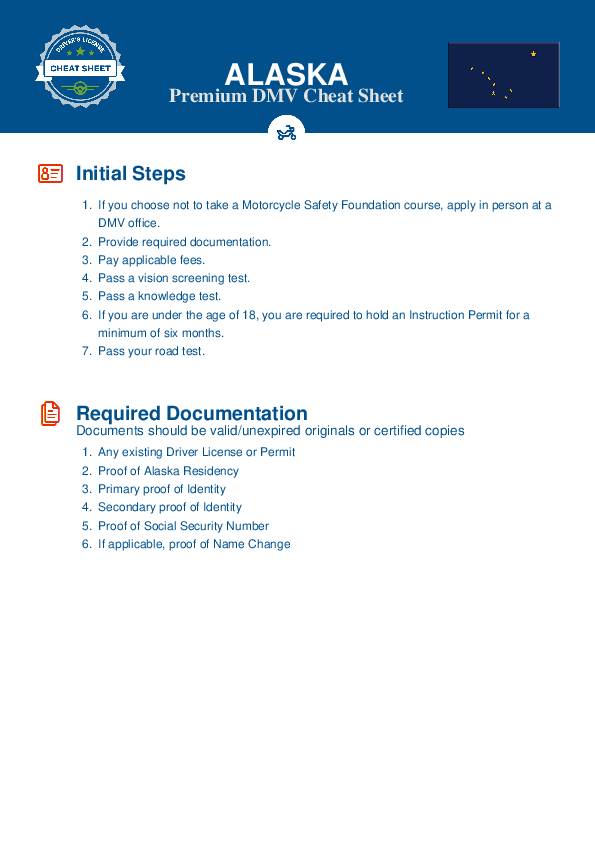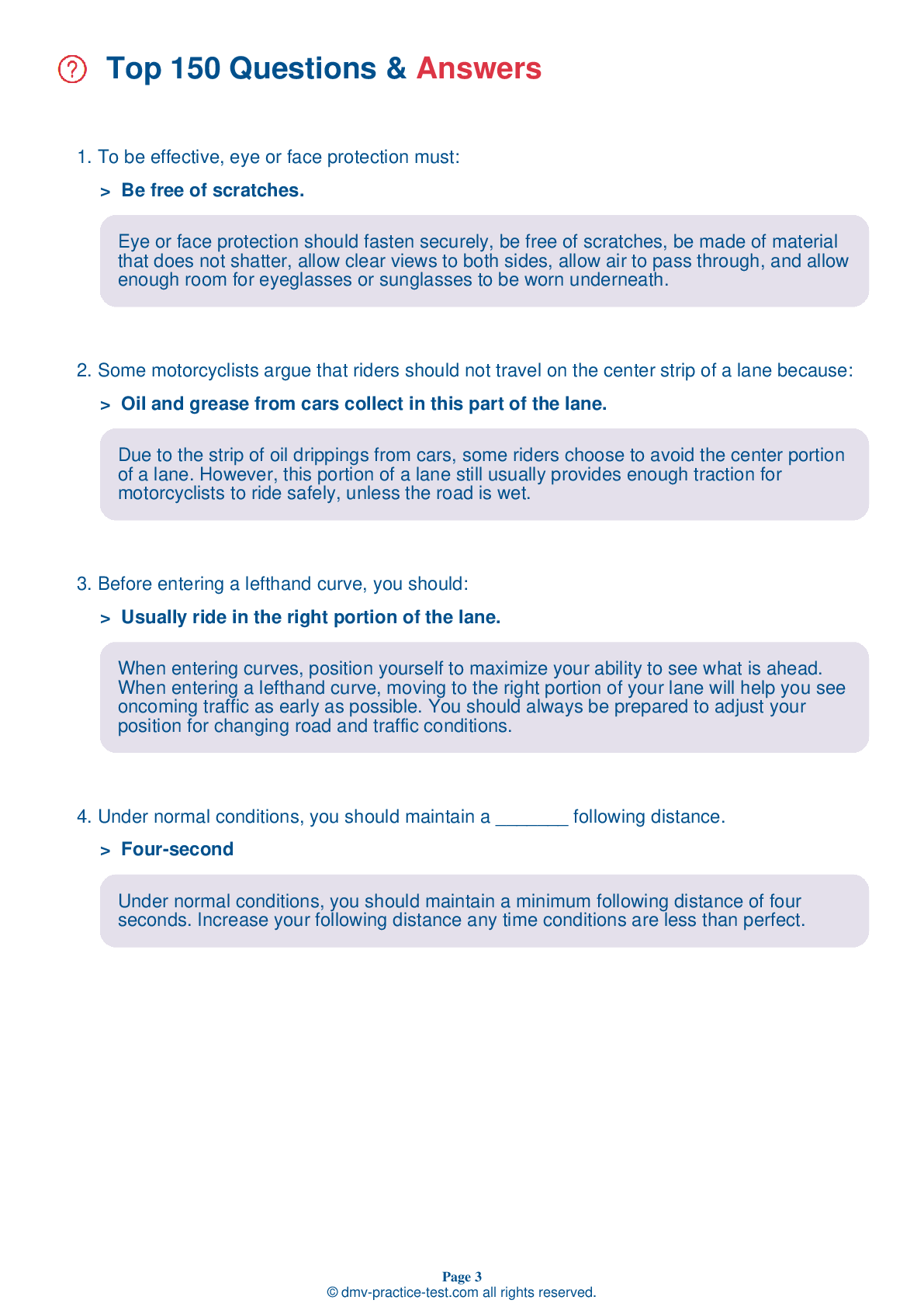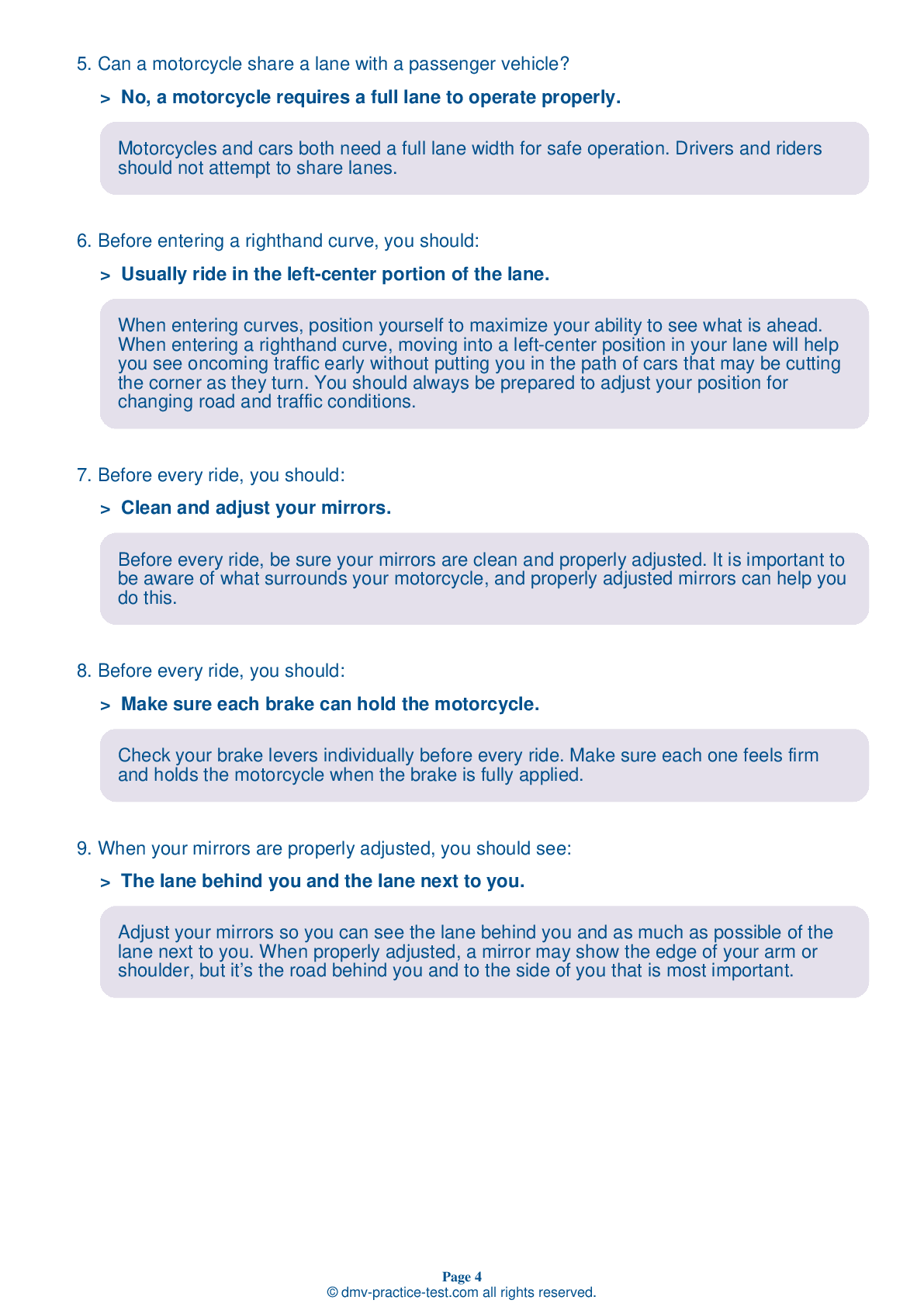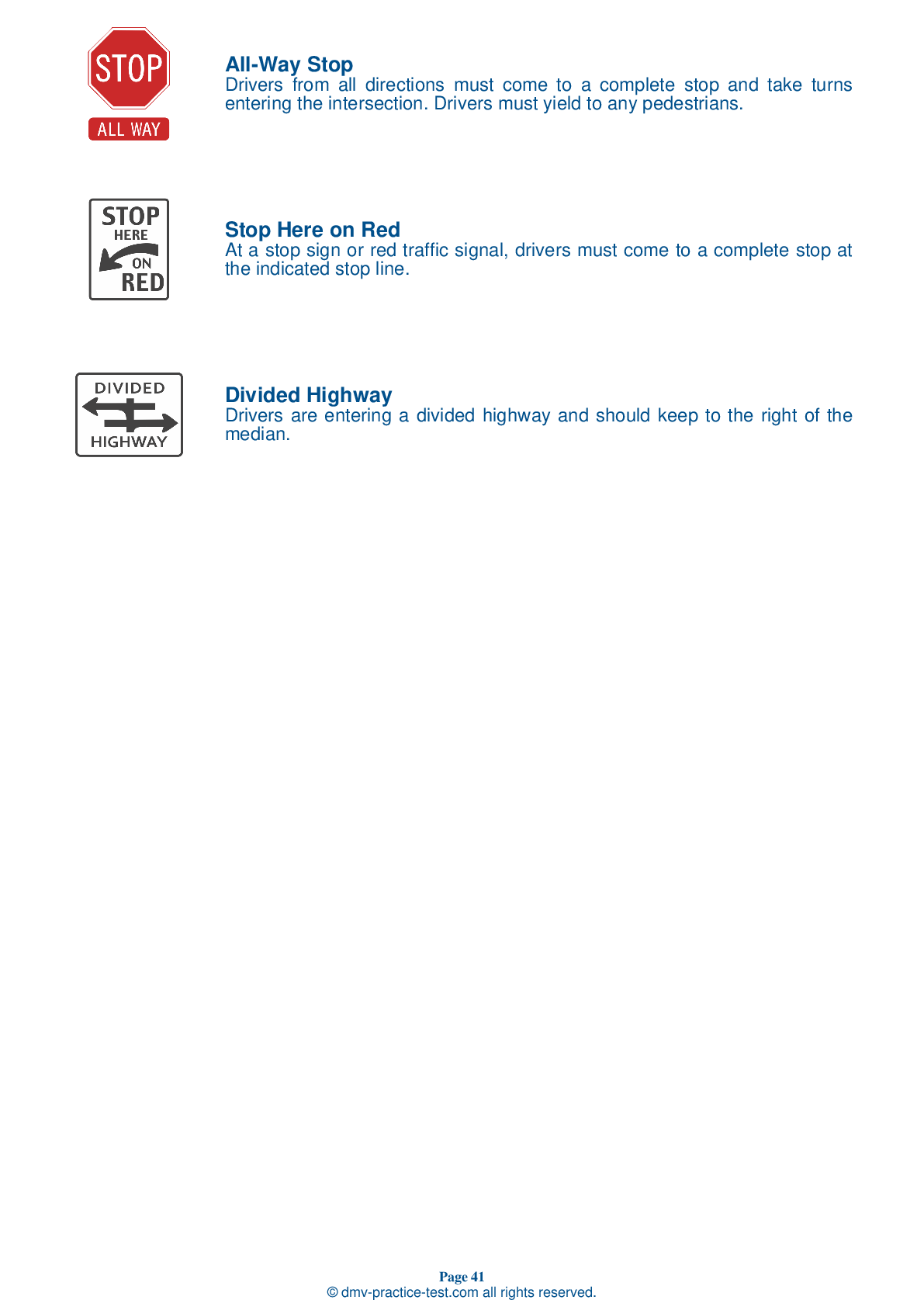Motorcycle Test | License AK 2025 | FREE Online Practice! #3 Page 3 of 4
Take this FREE motorcycle test (license in AK 2025) to check your knowledge of the road rules. To improve your results, download a motorcycle handbook online, study theory, and practice for free on our website. Still worried about how to get a motorcycle license in Alaska in 2025? Check our website for more sample tests, train as much as possible, and boost your grades!
13 . If the chain or belt of your motorcycle breaks, you will:
If your drive chain or belt fails, you will experience an immediate loss of power to the rear wheel.
14 . This sign means:
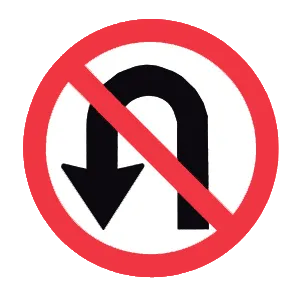
This sign prohibits U-turns. Do not make a U-turn where this sign is posted.
15 . When riding a motorcycle that you are unfamiliar with, you should do all of the following, except:
When using a motorcycle that is new to you, make all of the same safety checks that you would on your own motorcycle. Make sure that you know where all the controls are located and check them to ensure that you know the gear pattern. Ride with special caution until you get used to how the motorcycle handles.
16 . This sign means:
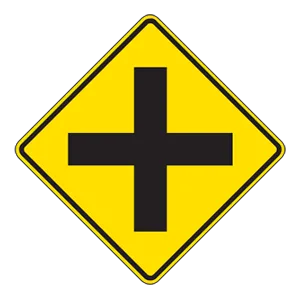
Warning signs prepare drivers for upcoming road conditions and hazards and are usually yellow with black markings. This sign alerts drivers to an upcoming intersection.
17 . Fatigue can be increased by:
To reduce the danger of fatigue when riding, dress to protect yourself against tiring weather conditions, such as wind and rain. Limit yourself to no more than about six hours of riding per day and stop for a break at least once every two hours. Avoid taking artificial stimulants since you may experience extreme fatigue when they start to wear off.
18 . Which of the following would not protect the wearer in a crash?
For your protection when riding, you should wear a jacket and pants that fully cover your arms and legs, footwear that covers and supports your ankles, and gloves made of leather or heavy cloth.
See the exact questions that will be on the 2025 Alaska DMV exam.
99.2% of people who use the cheat sheet pass the FIRST TIME
Jeneen was tired of paying $5/gallon. She got herself a scooter that required the motorcycle license. She studyed the motorcycle test cheat sheet and passed her test the next day!
Christopher tells us how he knew nothing prior to obtaining the motorcycle study guide, and he only got one question wrong because he clicked on the wrong answer by mistake.
